One of the perks of my job is that I get to swatch a vast range of yarns. My design process hinges on knowing which yarn would be right for a design, and I only get there by swatching several yarns. When I started knitting again after a long break, I thought all yarns were somewhat interchangeable as long as you matched gauge. Many years later I know that a) not all yarns are equal, b) a yarn's properties goes way beyond its weight, c) fibre plays a huge part, and d) the construction of the yarn is important too. In fact, finding the right yarn for a project can sometimes feel somewhat scientific (as does yarn substitution). One of the yarns I have swatched recently is Blacker Yarns' birthday yarn, Brushwork. I have worked closely with Blacker Yarns over the last year or so — they are the main yarn provider for This Thing of Paper — and I understand their passion for producing yarn with provenance, stories, and lineage. We share a strong interest in yarns that belong to a certain landscape and place. After all, a space becomes a place once we pour stories into it.
Brushwork comes with plenty of stories, and, dear reader, one of those stories is that it broke my heart.
As soon as I unpacked the yarn, I knew I was in trouble. It is a lofty, soft, sproingy yarn with subtle flecks of colour. I held it in my hand, giving it a gentle squeeze, and it bounced back in my hand. I am not a spinner, nor do I possess a brilliant yarn construction vocabulary, so my best description is that Brushwork reminded me of a cross between Rowan Felted Tweed and Jamieson's Spindrift — but definitely its own beast. Reading closer, I learned it was a mix of Bowmont, Castlemilk Moorit, and British Alpaca.
Let the swatching commence.
As a personal sacrifice, I swatched twice: first on 3.5mm and then on 4mm. The first swatch gave me a nice, firm fabric. It bloomed slightly upon blocking but retained its shape nicely. It would make for a beautiful cardigan or jumper where the yarn would do most of the work. The second swatch was much drapier and supple. Knitted on 4mm needles, Brushwork would definitely make a beautiful scarf or hat. I began thinking about cables and pom pom-adorned hats.
The heartbreak came when I learned that this is not going to be a permanent addition to the Blacker range. Brushwork is as close to my Platonic ideal of a yarn that I have found — bouncy, complex, soft, woolly, takes all sorts of stitch patterns - but it is not sticking around for me. Instead it will make its debut at Yarndale where you will all snap it up (because you are clever and recognise brilliance when you see it).
Heartbreak in a yarn ball. Which is pretty much the highest praise I can bestow upon it.


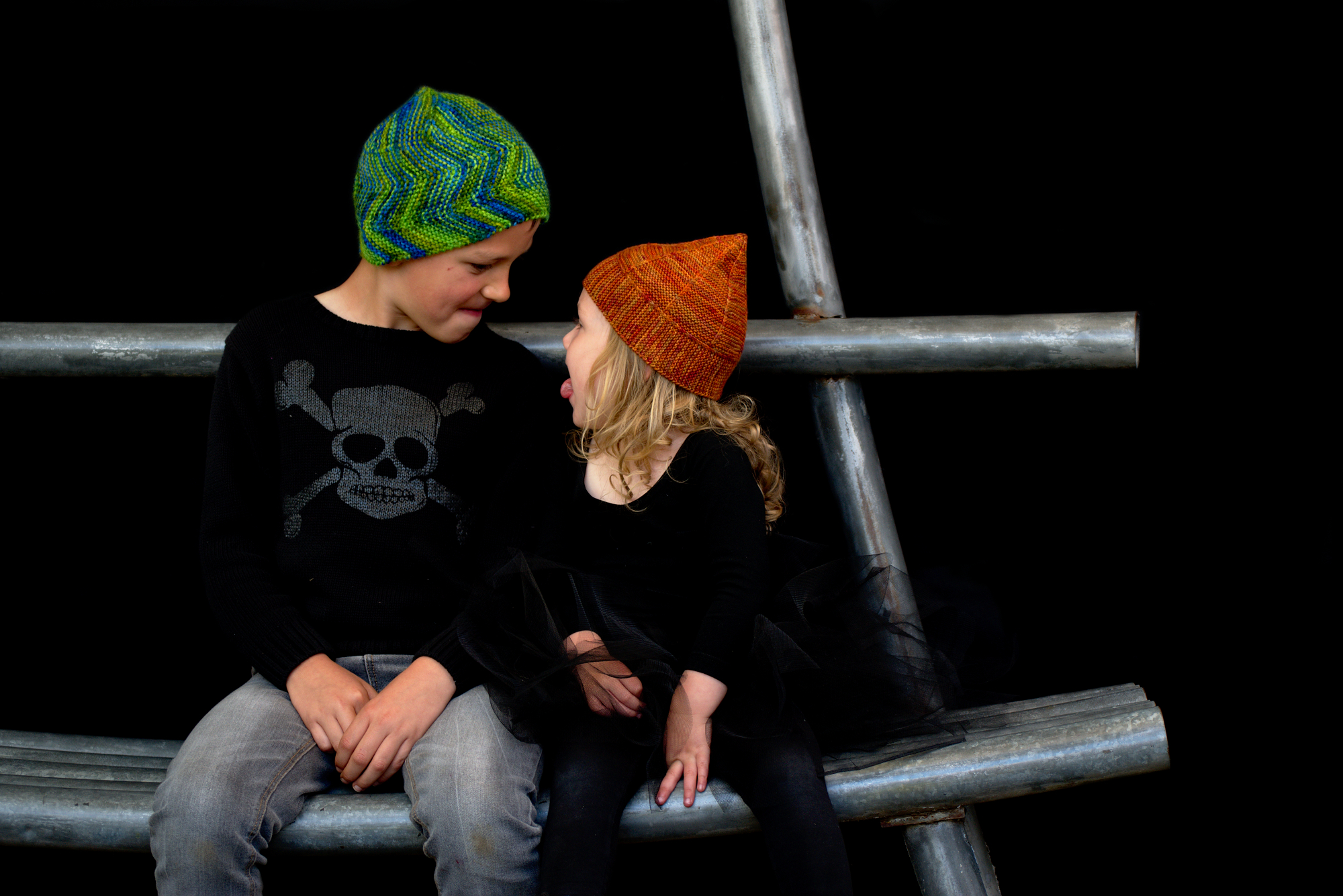

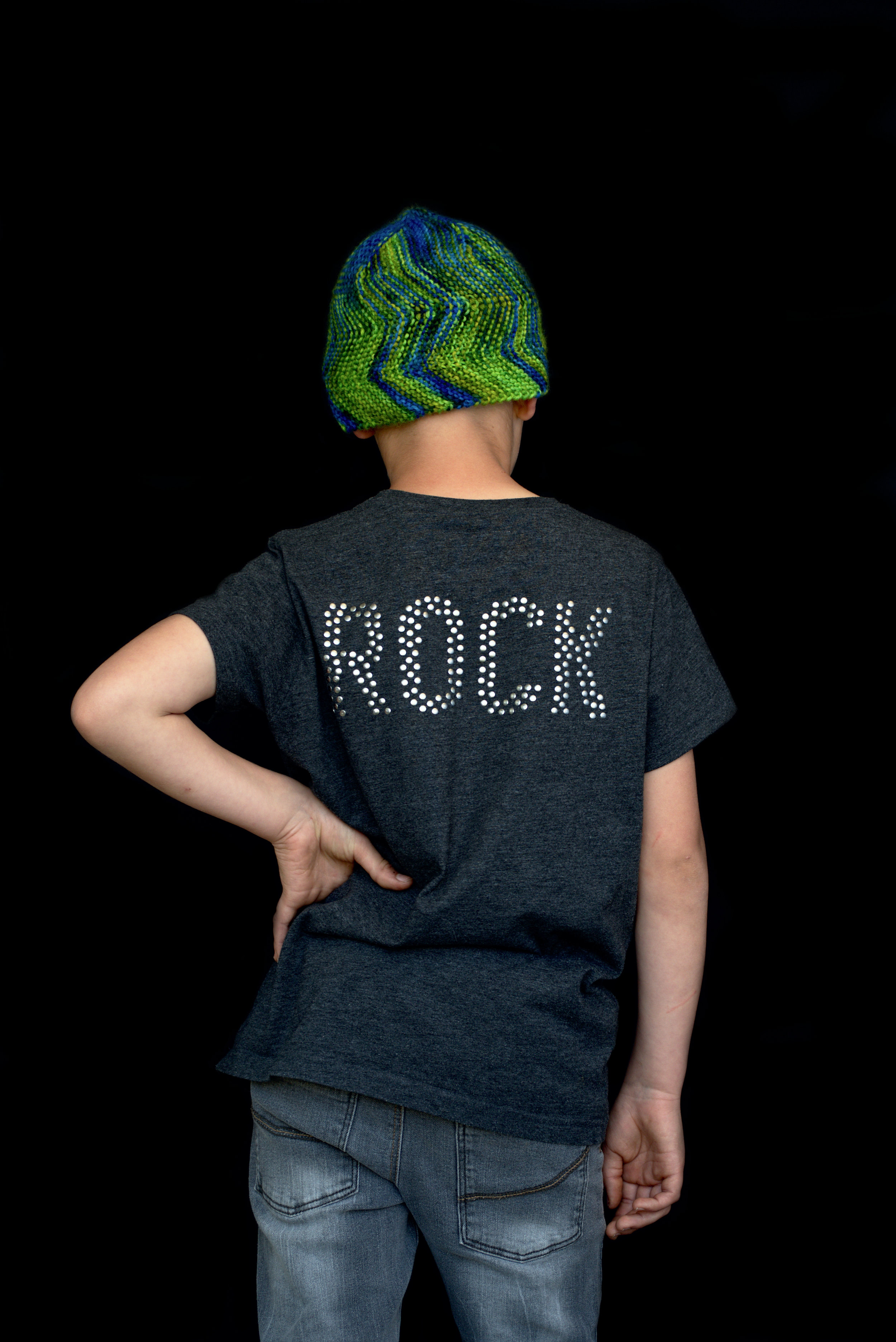
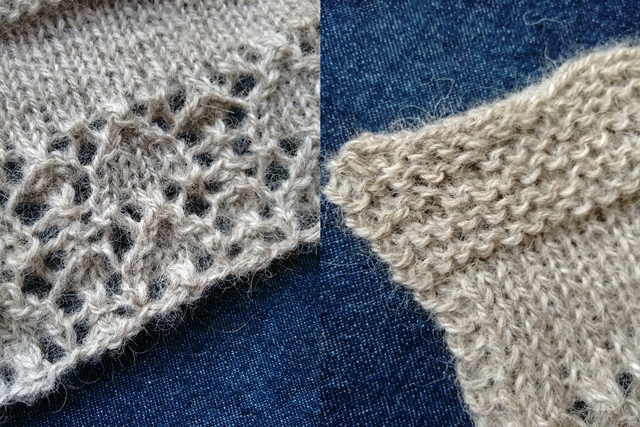
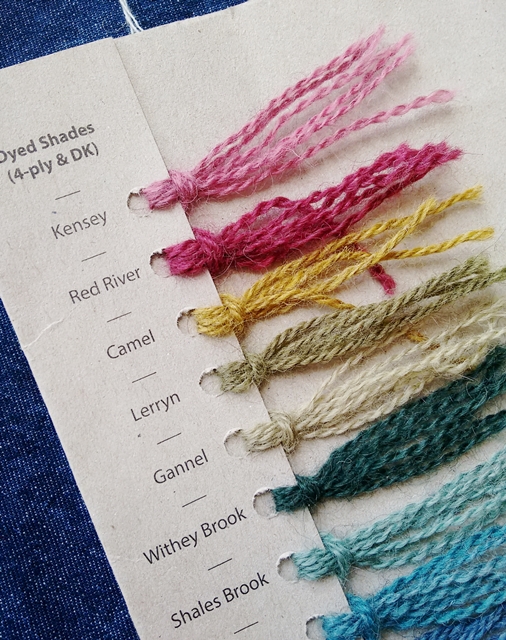

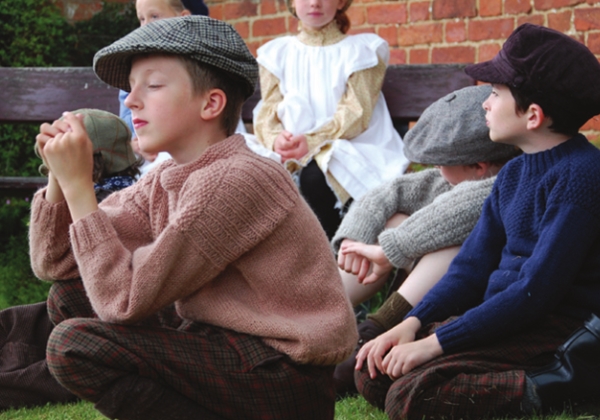
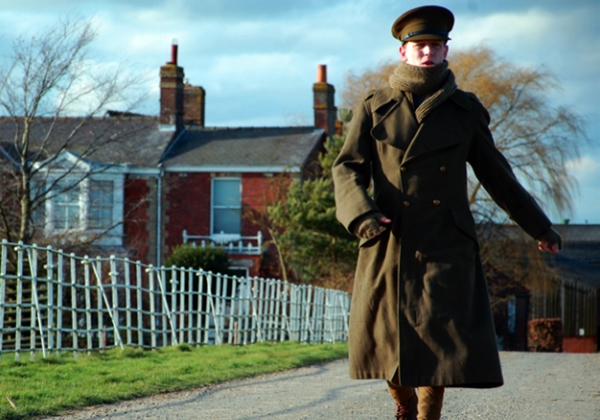

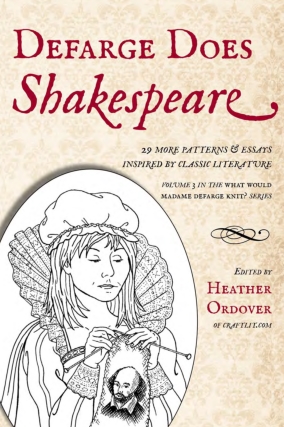 Defarge Does Shakespeare is the third book in CP's
Defarge Does Shakespeare is the third book in CP's